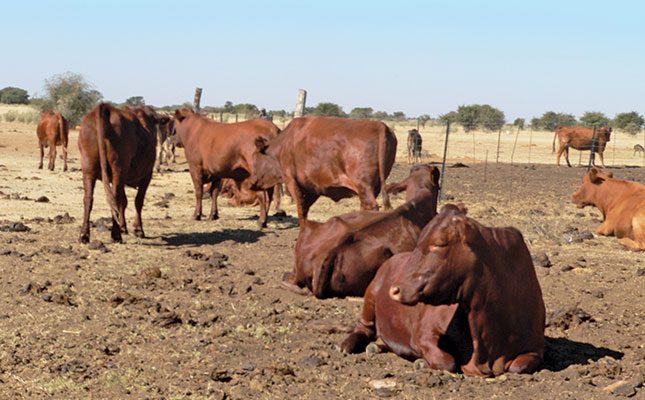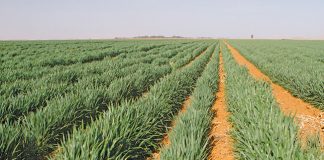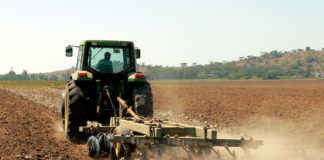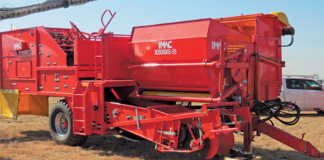
Many communal farming areas in which I run farming projects show signs of veld degradation. This is mainly due to poor grazing management, but the problem has been compounded by changing weather patterns.
Without good grazing planning, communal farmers are either forced to buy more additional feed every year, or reduce livestock numbers. Both of these strategies reduce profits and eventually make farming unsustainable.
Cattle require certain quantities of roughage, protein, trace elements, vitamins, water, and energy in their diets. If these are out of balance, you will struggle to raise profitable livestock. Different ages and even types of cattle have greatly differing nutritional needs and require different quantities of feed.
Protein
It is also important to know about the protein content of grasses and other feed plants such as lucerne. This varies greatly according to the season, type of grass, and so forth.
Simply put, in many communal farming areas, when grass plants become dry and dormant in winter, their protein content and thus their nutritional value declines.
Livestock cannot survive solely on what is effectively a high-roughage diet. They require additional feed, and this becomes even more important for pregnant or young animals that need a good diet in order to produce functional offspring and to grow properly.
In general, cattle will require about 3% of their overall body weight in daily feed. In my experience, the average communal farming cow weighs about 370kg. Such a cow requires about 11,1kg of feed daily, while a heavier cow weighing about 420kg needs about 12,6kg a day.
If your camps are almost depleted, your cattle obviously cannot consume the amounts of grass they require. If there is grass, but it’s of poor quality, they will suffer nutritional shortfalls.
In the absence of grass, each cow requires just less than half a small square bale of lucerne or pasture grass daily. Moreover, if the protein content of natural grazing dips to less than 8%, you will need to supplement. This is particularly important in young cows and heifers, especially if they are in-calf at the time.
Younger cows may require higher levels of protein, as they are actively growing, and this will make calving and lactation even more demanding. Cows require good nutrition not only to produce the colostrum needed to build immunity in young calves, but also to maintain a decent body weight and other important biological processes.
The figures
On a fat scale of 0-9 (0 being emaciated and 9 being too fat), you should strive to have your cows and heifers score about 6. This means just a bit fatter than average, but not too fat. Overfat cows can struggle with calving, as well as develop other health complications.
Very thin cattle, on the other hand, will have trouble producing sufficient colostrum and may even die during calving.
If you see that the condition of your cows is deteriorating, and that the grazing on the rangelands is enough, but of poor good quality, give the animals a supplement that includes about 25% protein. Provide 1kg of this added feed daily per animal.
If there is insufficient grass, add dry lucerne or teff grass to this concentrate. I advise about one-third of a small square bale daily in this case.
Also remember that without enough good drinking water, not even the best feed will be of full value to you.
Other cattle
It is not only breeding cows that require supplementation. Calves walking with struggling mothers should be offered extra rations too. Breeding bulls and oxen also require assistance to maintain fertility and optimal growth rates.
Don’t introduce a high-maize diet to any cattle rapidly. This can lead to health problems such as acidosis, which may prove fatal.
Calves can be fed alone in a creep feeding area that only they can get into. As a supplement, give them a feed mixture (about 1kg per calf per day) that contains about 33% protein.
To ensure that the animals receive essential vitamins and trace elements, provide a multiblock molasses lick where one block is sufficient for five to eight cattle depending on age and size. Replace these blocks when depleted.
Shane Brody is involved in an outreach programme aimed at transferring skills to communal farmers.










